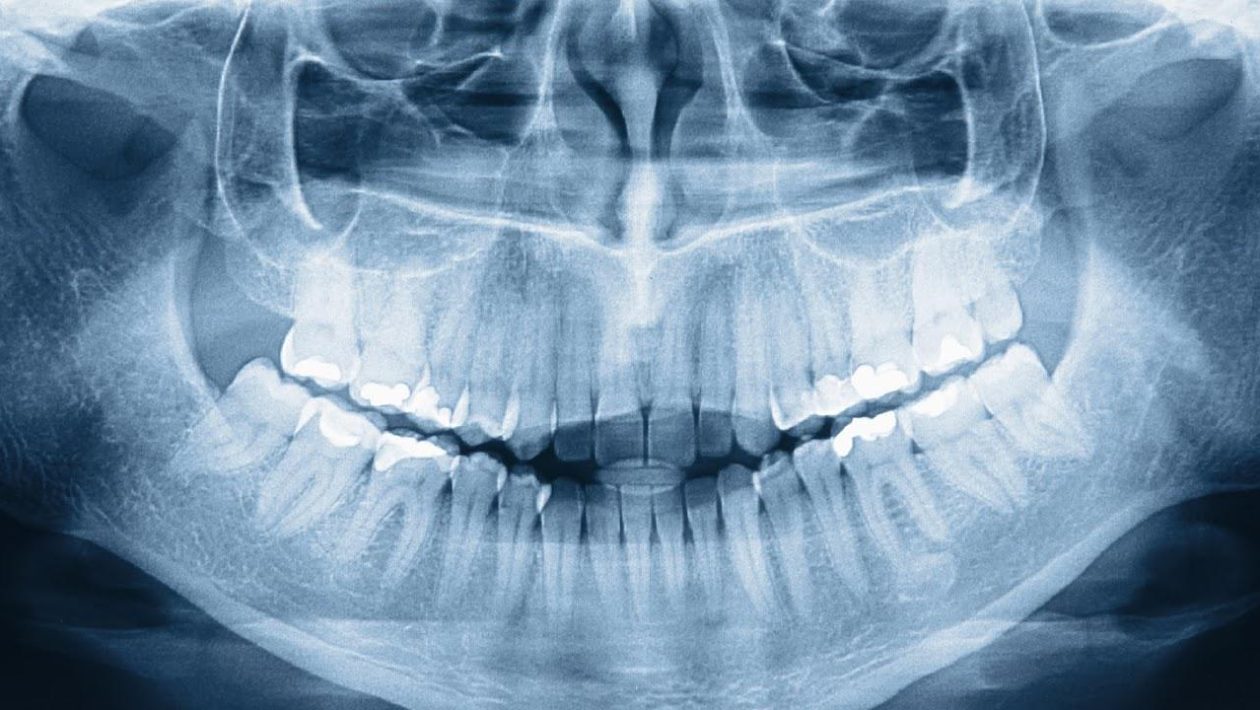When it comes to our oral health, we often think about brushing, flossing, and regular dental check-ups. While these habits are indeed crucial, there’s more to maintaining a healthy smile than meets the eye—or, in this case, more than meets the mirror. The hidden hero in your dentist’s toolkit is dental X-rays. These unassuming images play a pivotal role in diagnosing and treating dental issues, and today, we’re going to dive deep into the fascinating world of dental X-rays.
Table of Contents
The Power of Visualization
Think about your last dental appointment. Chances are, you were asked to have dental X-rays taken. But why are they necessary? The simple answer: our mouths are complex, and many dental issues occur beneath the surface. Dental X-rays give us the power of visualization, allowing dentists to see what the naked eye cannot.
- Early Detection of Problems: Dental X-rays enable early detection of dental problems. They can reveal issues like cavities, gum disease, and impacted teeth long before they become painful or visible.
- Comprehensive Understanding: They provide a comprehensive view of your entire mouth, which is essential for understanding your oral health in its entirety. This means not only focusing on individual teeth but also the surrounding bones, gums, and other structures.
- Treatment Planning: With a clear picture of your oral health, dentists can create more effective treatment plans. Whether it’s a routine cleaning or a complex dental procedure, X-rays help ensure that treatments are tailored to your specific needs.
Types of Dental X-rays
Dental X-rays come in various types, each serving a unique purpose. Here are some of the most common ones:
- Bitewing X-rays: These X-rays focus on the upper and lower back teeth and are useful for detecting cavities between teeth and changes in bone density caused by gum disease.
- Periapical X-rays: These provide a close-up view of an entire tooth from the root to the crown. They’re typically used to diagnose problems with individual teeth.
- Panoramic X-rays: Offering a complete view of your upper and lower jaws, these X-rays are useful for diagnosing impacted teeth, jaw disorders, and sinus problems.
- Orthodontic X-rays: If you’re considering braces or other orthodontic treatments, these X-rays help assess the position of teeth and their roots.
- Cone Beam CT: This advanced imaging technique provides 3D images of your teeth and jaws, which is particularly useful for complex procedures like dental implants.
The Safety of Dental X-rays
It’s natural to have concerns about radiation exposure during dental X-rays. However, modern dental X-ray equipment is designed with patient safety in mind. The amount of radiation used is minimal and well within safe limits. Dentists also take precautions, such as using lead aprons and shields, to protect you during the process.
Moreover, the benefits of early diagnosis and effective treatment far outweigh the minimal radiation exposure associated with dental X-rays. Your dentist will only recommend X-rays when they are necessary for diagnosis or treatment planning.
When Are Dental X-rays Necessary?
The frequency of dental X-rays varies from person to person and depends on several factors, including your age, oral health, and medical history. Here’s a general guideline:
- New Patients: If you’re visiting a dentist for the first time, they may take X-rays to establish a baseline for your oral health.
- Routine Check-ups: For most adults, bitewing X-rays are typically taken once a year during routine check-ups. However, this may vary based on your specific needs.
- High-Risk Patients: If you have a history of dental issues or are at higher risk of dental problems, your dentist may recommend more frequent X-rays.
- Symptoms and Pain: If you’re experiencing dental pain, discomfort, or symptoms like swelling, your dentist may use X-rays to identify the root cause of the problem.
The Digital Revolution
Advancements in technology have transformed the world of dental X-rays. Traditional film-based X-rays have largely been replaced by digital X-rays, offering numerous advantages:
- Reduced Radiation Exposure: Digital X-rays use significantly less radiation compared to conventional film-based X-rays.
- Instant Results: Digital X-rays produce immediate images, allowing dentists to diagnose and treat issues more efficiently.
- Enhanced Imaging: Digital technology provides sharper, clearer images, making it easier for dentists to spot and diagnose problems.
- Eco-Friendly: Digital X-rays are more environmentally friendly, as they eliminate the need for chemical processing.
Conclusion
Dental X-rays are an indispensable tool in the world of dentistry. They offer an unparalleled view into the health of our teeth and gums, helping dentists identify issues early, create effective treatment plans, and ultimately preserve our smiles. So, the next time you’re in the dental chair, think of those dental X-rays as your silent partners in achieving and maintaining optimal oral health.
Remember, maintaining a healthy smile isn’t just about surface appearances. It’s about capturing clarity, right down to the roots, with the help of dental X-rays. Your dentist’s friendly, informative, and professional approach to using this technology is your key to a radiant, lasting smile.

